
Common Spine Problems
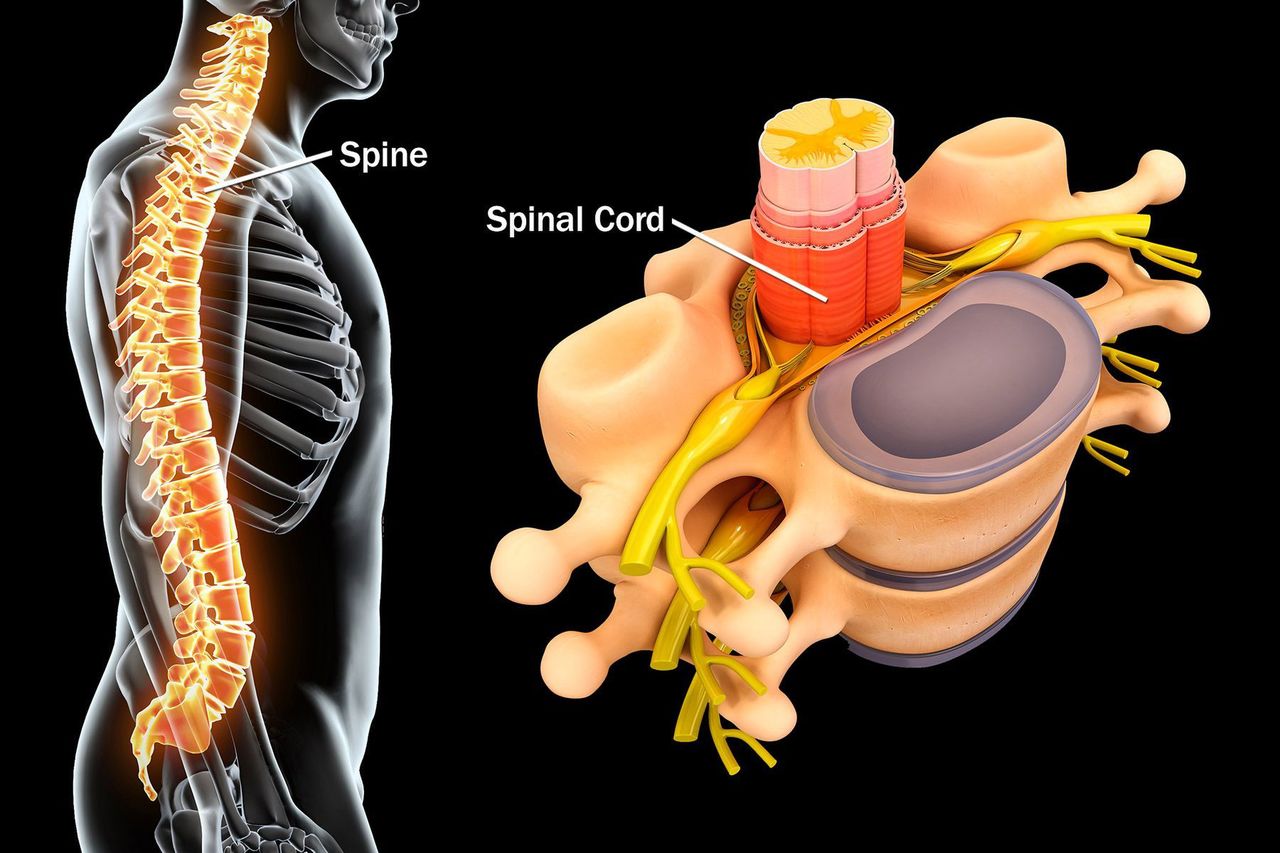
Your Other Core
Are you glad you can stand or sit upright? Thank your spine, a stack of little bones called vertebrae along the center of your back, from your seat to your neck. It supports your head, shoulders, and upper body. Your spine plays another key role: The vertebrae make a tunnel for your spinal cord. That's the set of nerves that connect your brain to most of your body.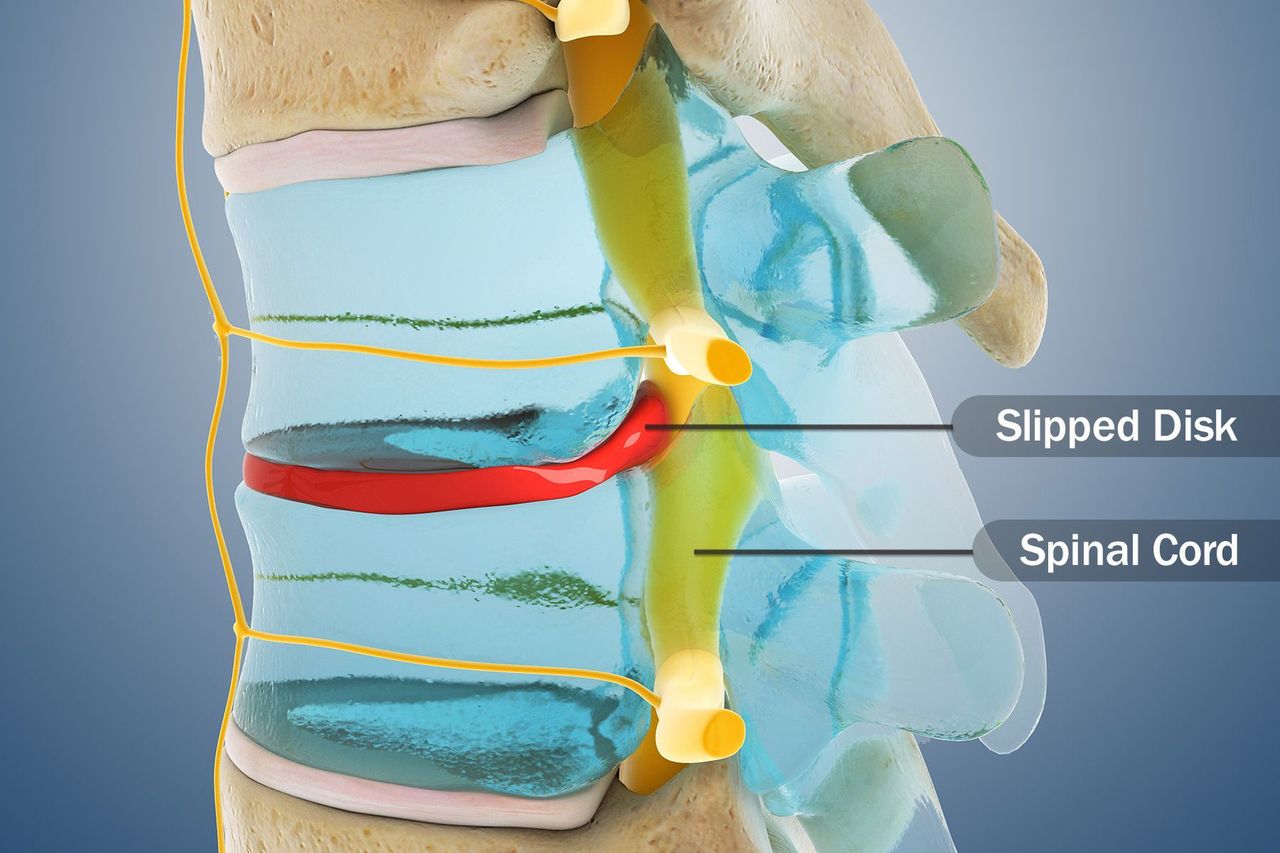
Slipped Disk
A cushion called a disk sits between each of your vertebrae, so they don't scrape against each other. As you age, the disks start to dry out. If you put too much stress on your back, a disk may tear or break. Doctors call this a herniated disk. You may not notice. But your arms or legs might hurt, or they could feel numb or tingly. Usually, exercise and painkillers help. If not, you may need an operation.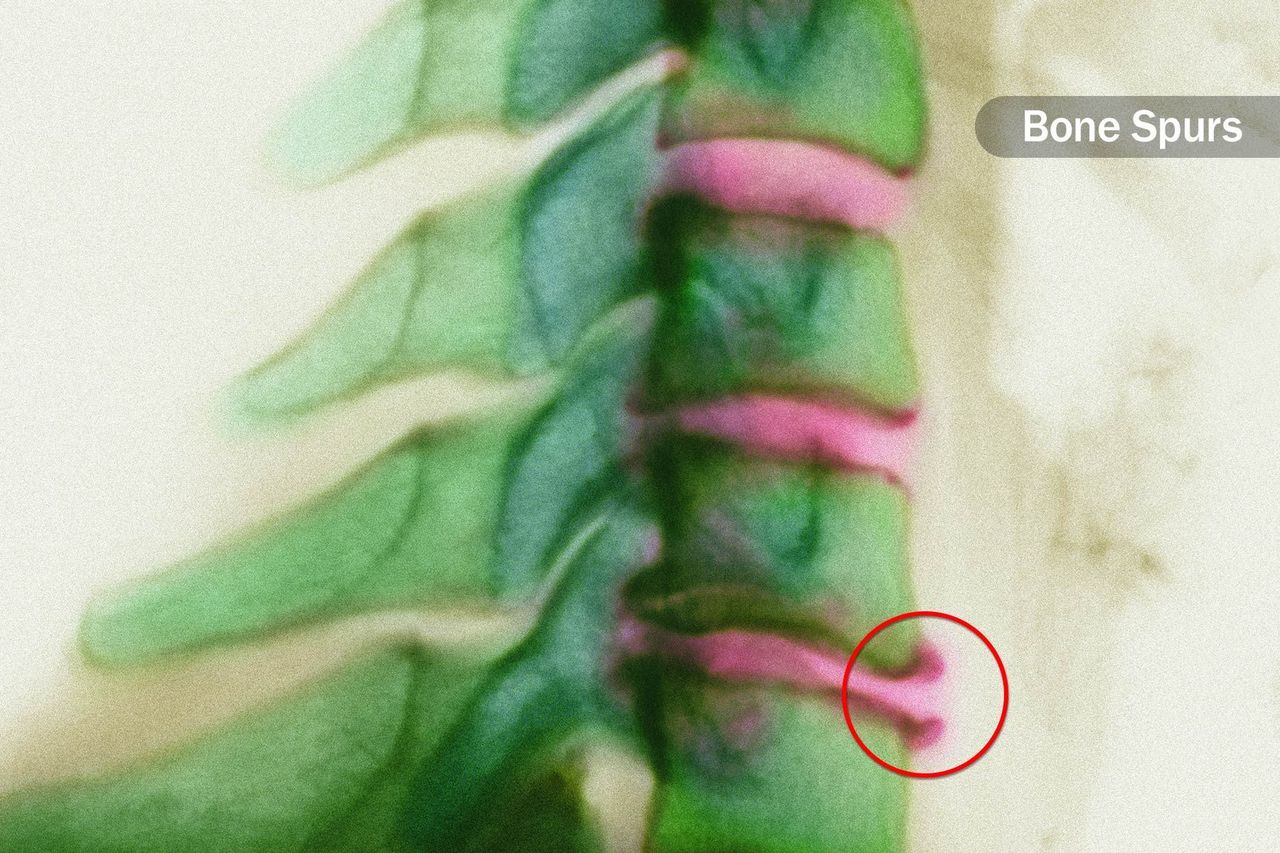
Cervical Spondylosis
It's the result of the gradual breakdown in your neck as you get older. You could get a slipped disk there, or the vertebrae may sprout extra bone called spurs to try to boost strength. The ligaments that connect the vertebrae can get stiff and tight. Regardless of the cause, your neck may hurt or be harder to move. If disks or vertebrae squeeze nerves and nerve roots a lot, you could have permanent damage.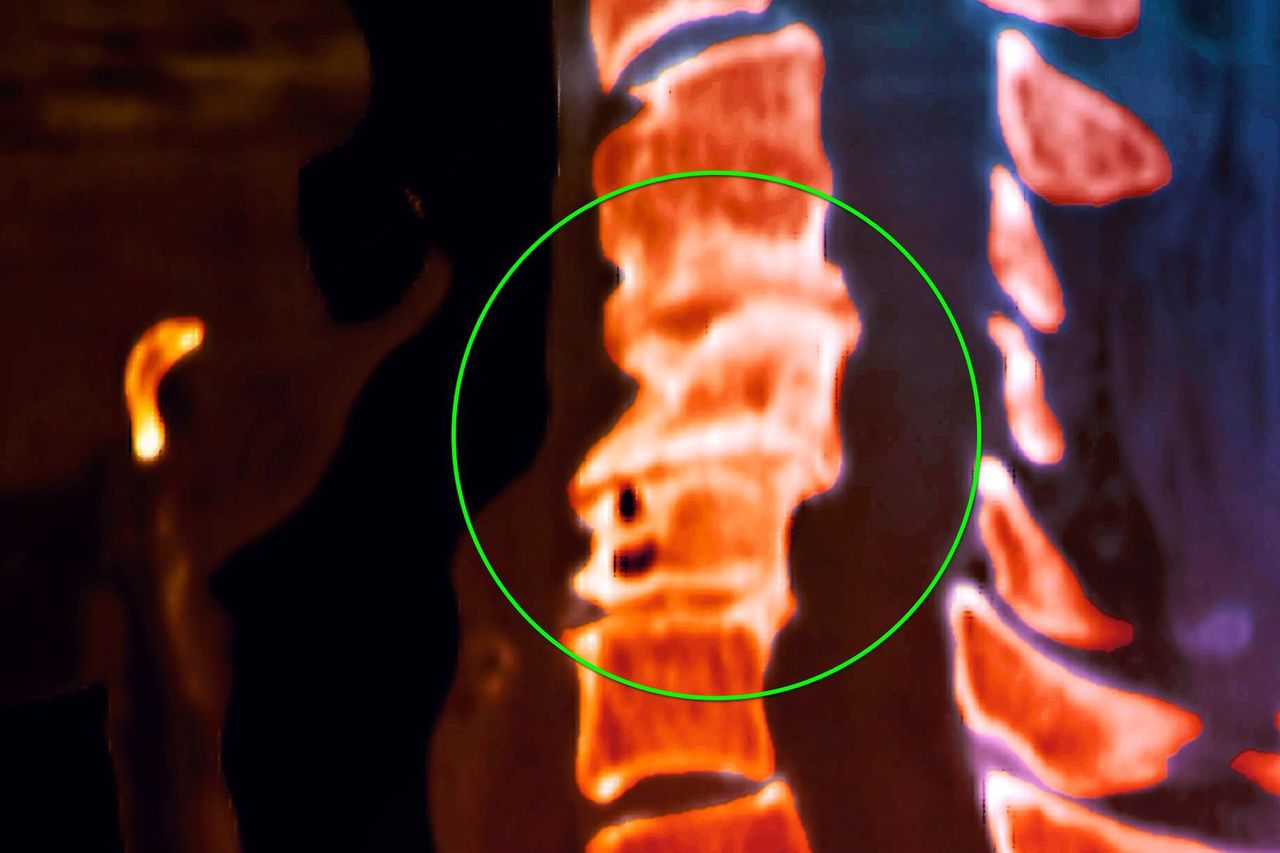
Osteoarthritis
Your vertebrae have slippery tissue on each end that helps your back flex without friction. If that cartilage gets rough or wears down, the vertebrae start to rub against each other, and it makes your back painful or stiff. Women are more prone than men to get osteoarthritis in their backs, and it tends to get worse over time. Your doctor can't reverse it. But painkillers, therapy, and exercise help ease the symptoms.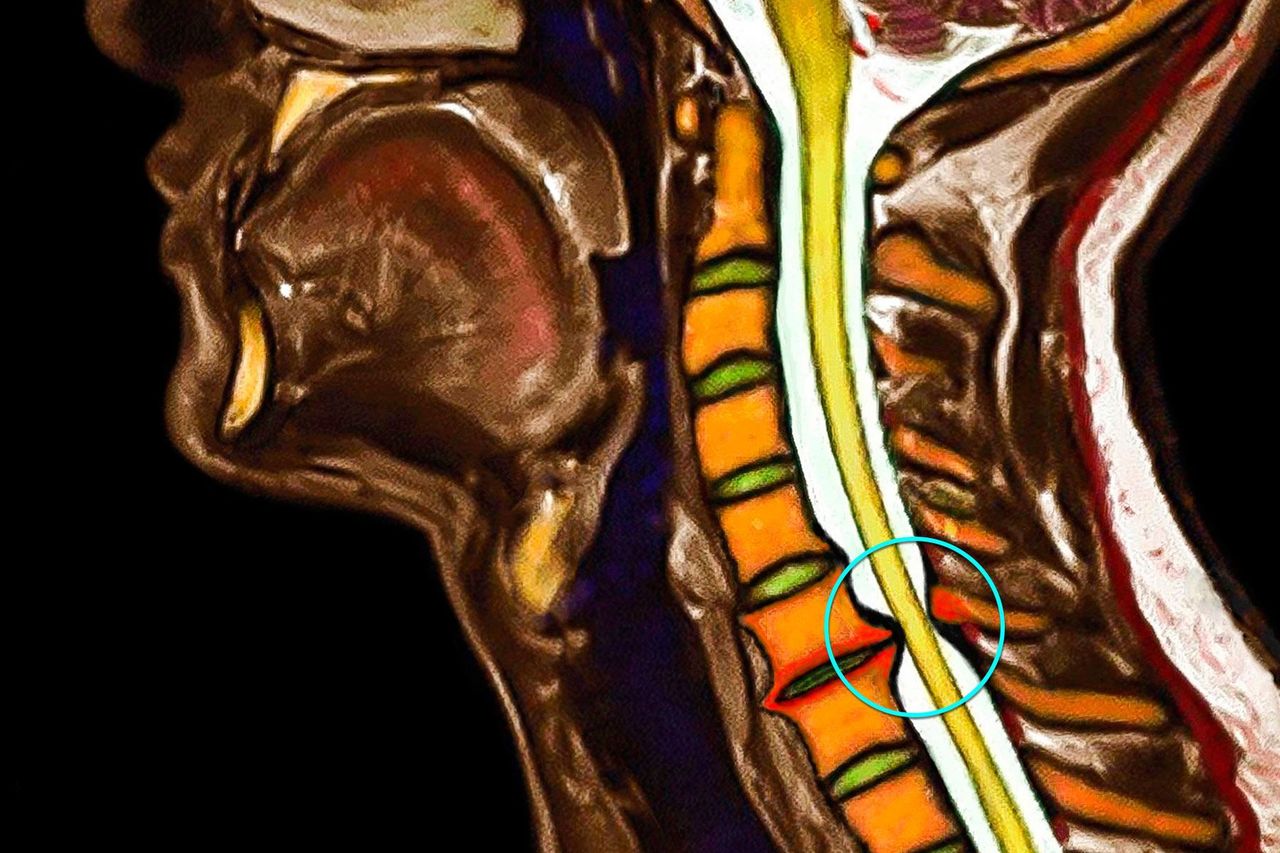
Spinal Stenosis
Your spine has spaces in it for your spinal cord and the nerves that branch out from it. When those spaces shrink, bones can press against nerves. You might not even notice it, but any time nerves are messed with, you could have pain, tingling, or numbness, or your muscles might seem weak. Osteoarthritis is the most common cause of spinal stenosis. When it's severe, a surgeon goes in and makes more room for the nerves.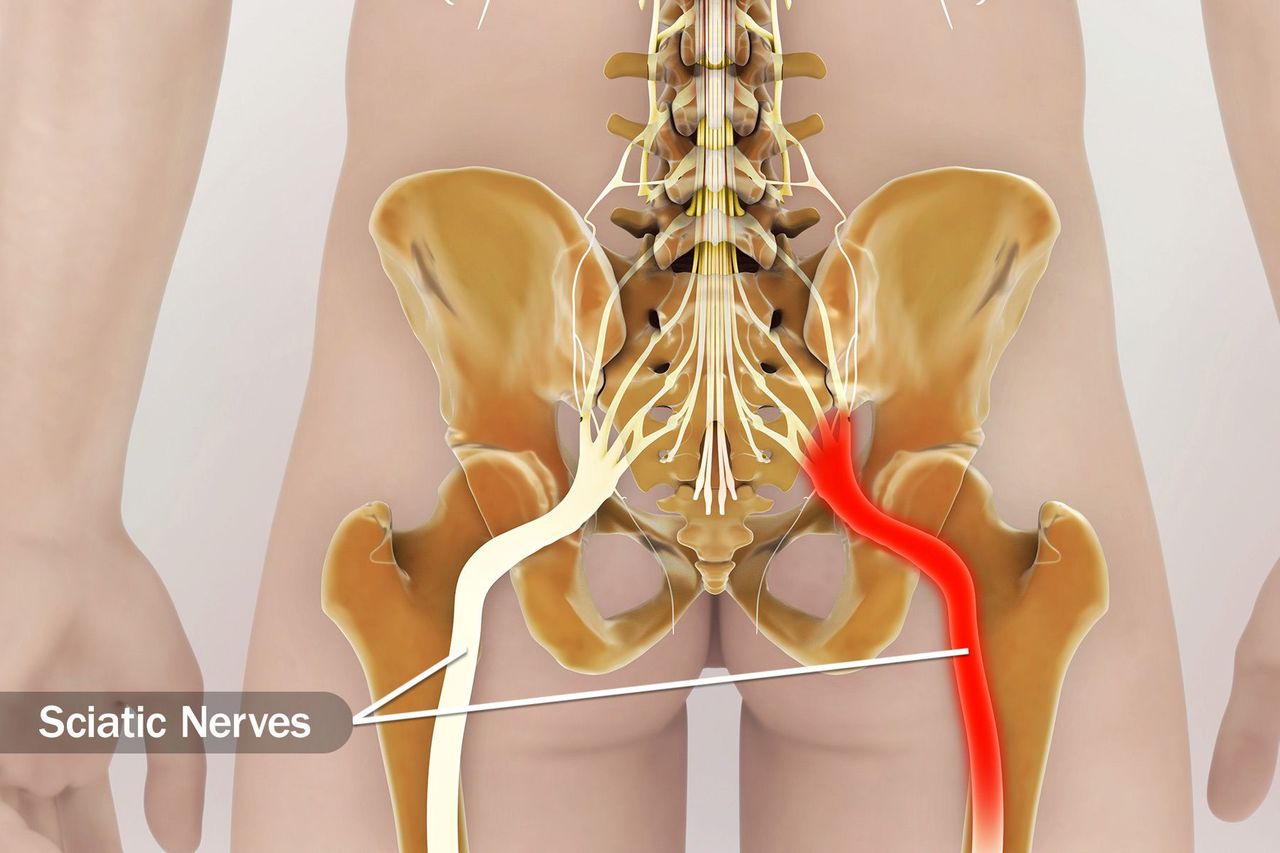
Sciatica
If pain shoots down from your lower back, through your bottom, and into your leg, the culprit may be your sciatic nerve. A herniated disk, bone spur, or some other spine problem can put pressure on it. Doctors call this sciatica. It usually affects only one side of your body. Hot packs, cold packs, stretching, and painkillers can help you feel better, but you may need a doctor to fix the cause.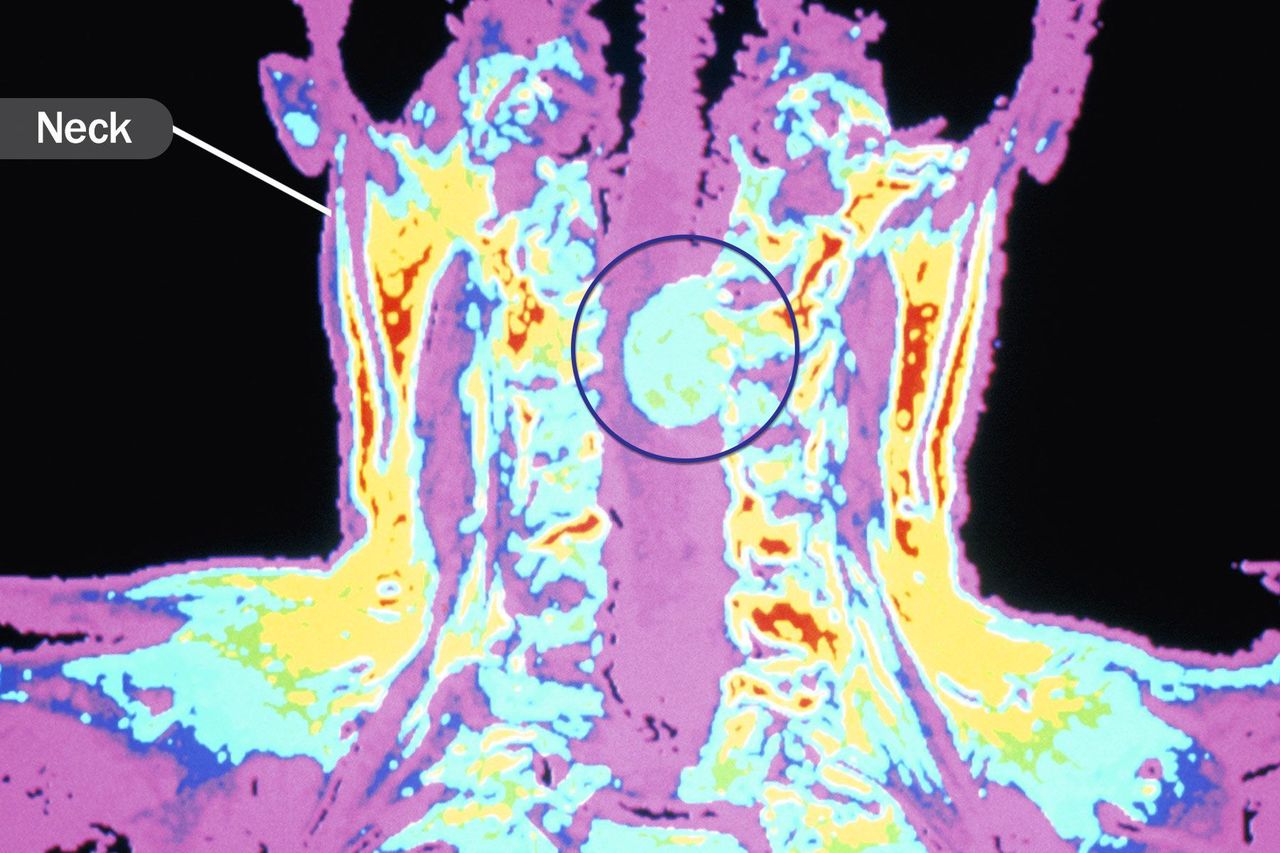
Tumor
Sometimes, cancer spreads from the spot where it starts to form a new growth in your spine. Lung, breast, prostate, and bone cancers are more likely to go there. A few non-cancer conditions can create a spine tumor, too. Your back might hurt, with the pain spreading through your body. Your arms or legs might be numb or weak. Part of your body could even be paralyzed. Your doctor may recommend surgery, radiation, or chemo.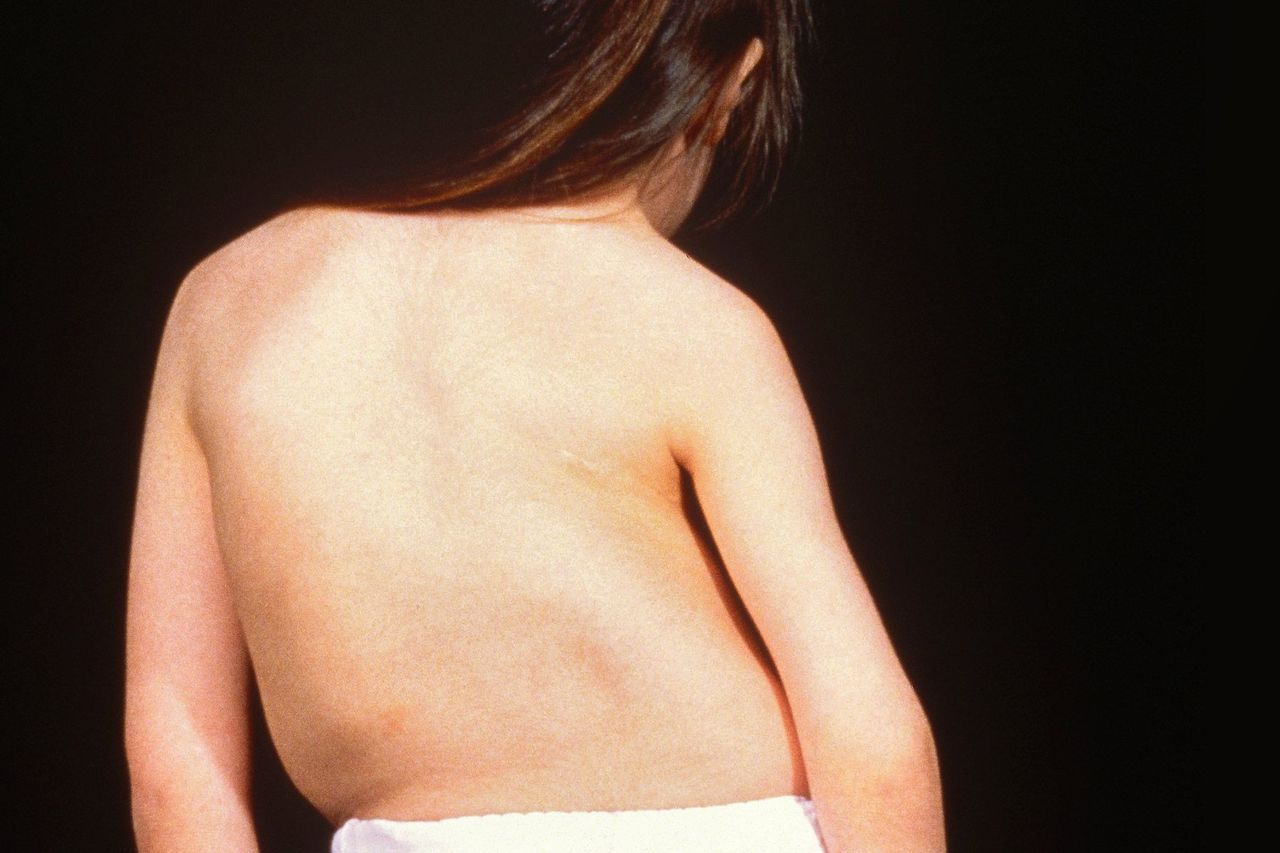
Scoliosis
Scoliosis is one of the conditions that can twist your spine out of shape. The most common type affects children during their growth spurt before puberty, bending the spine sideways. If your child has scoliosis, their shoulders might be uneven, or one shoulder blade might stick out more than the other. Nobody knows what causes this. Scoliosis can get worse and cause problems, but a brace may help prevent that and the need for surgery to correct it.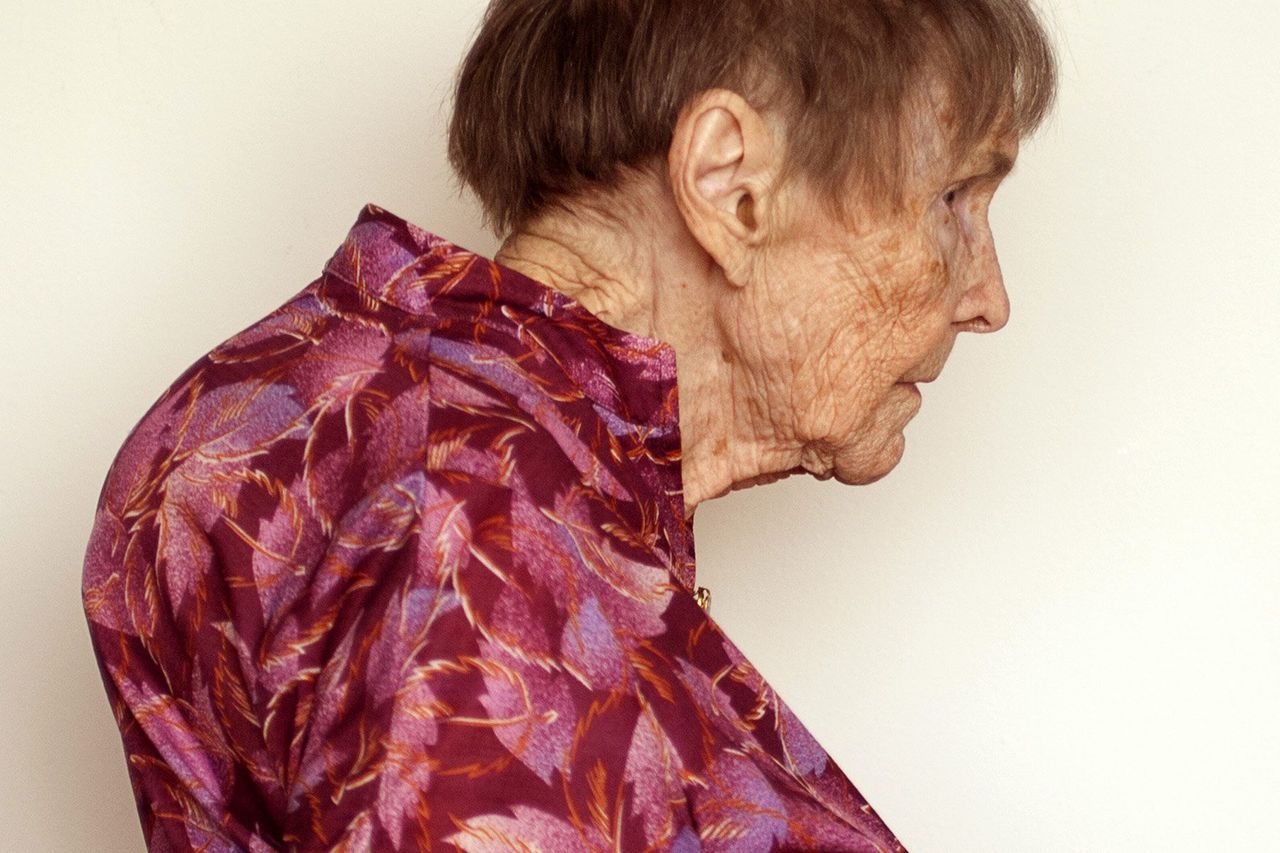
Kyphosis
This condition bends your spine forward. It usually happens when your vertebrae crack or mash down. Older women get it most often, but it can also affect children whose spines develop wrong. It can cause pain and other problems, and in severe cases, it bends your whole body out of shape. Depending on how curved your spine is, treatment might include painkillers, exercise, or surgery.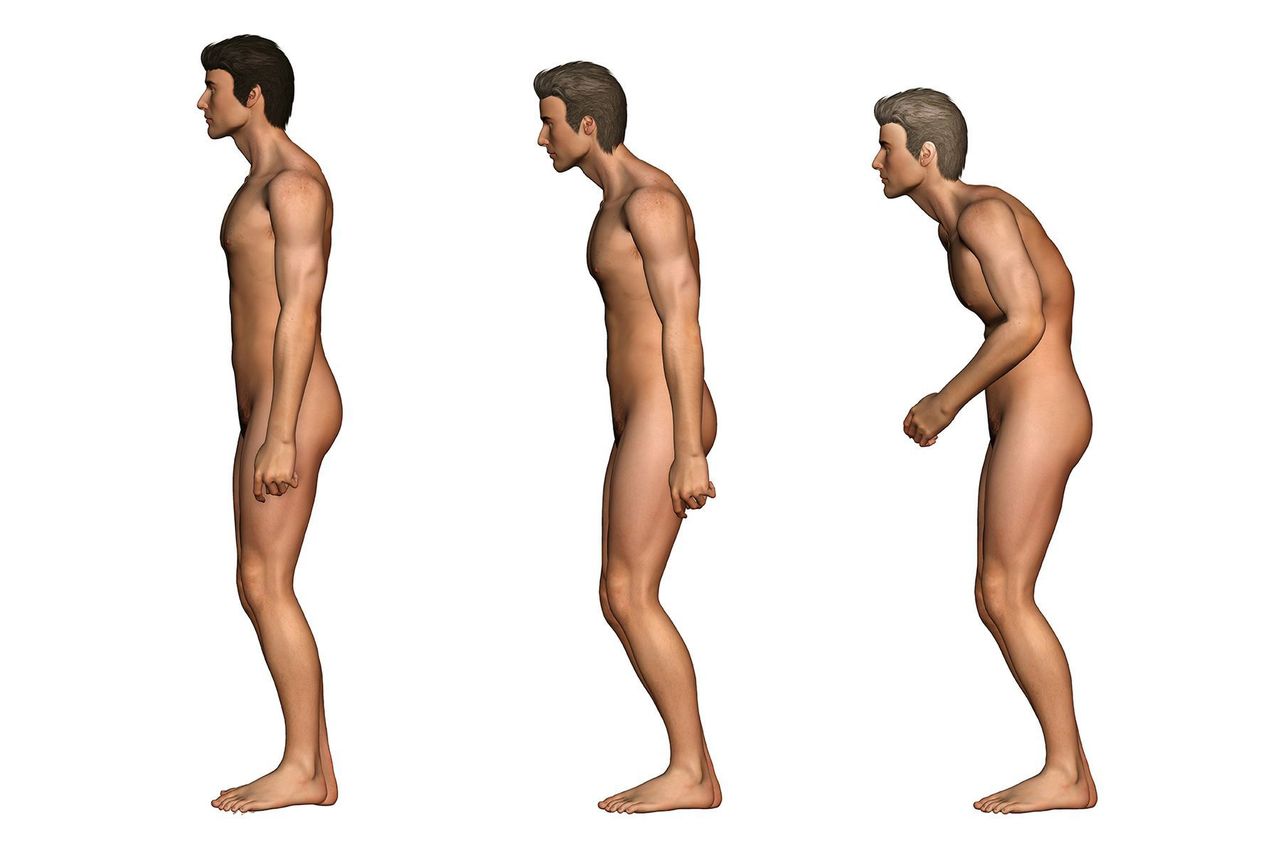
Ankylosing Spondylitis
This type of arthritis typically starts off making your low back and hips stiff and sore, especially in the morning. Over time, it can spread up your spine and to other joints and organs. Vertebrae and bones in your rib cage could fuse, leaving you hunched over. Young men get it more often than women, and it may run in families. Early treatment with exercise and medication helps slow the progress.











